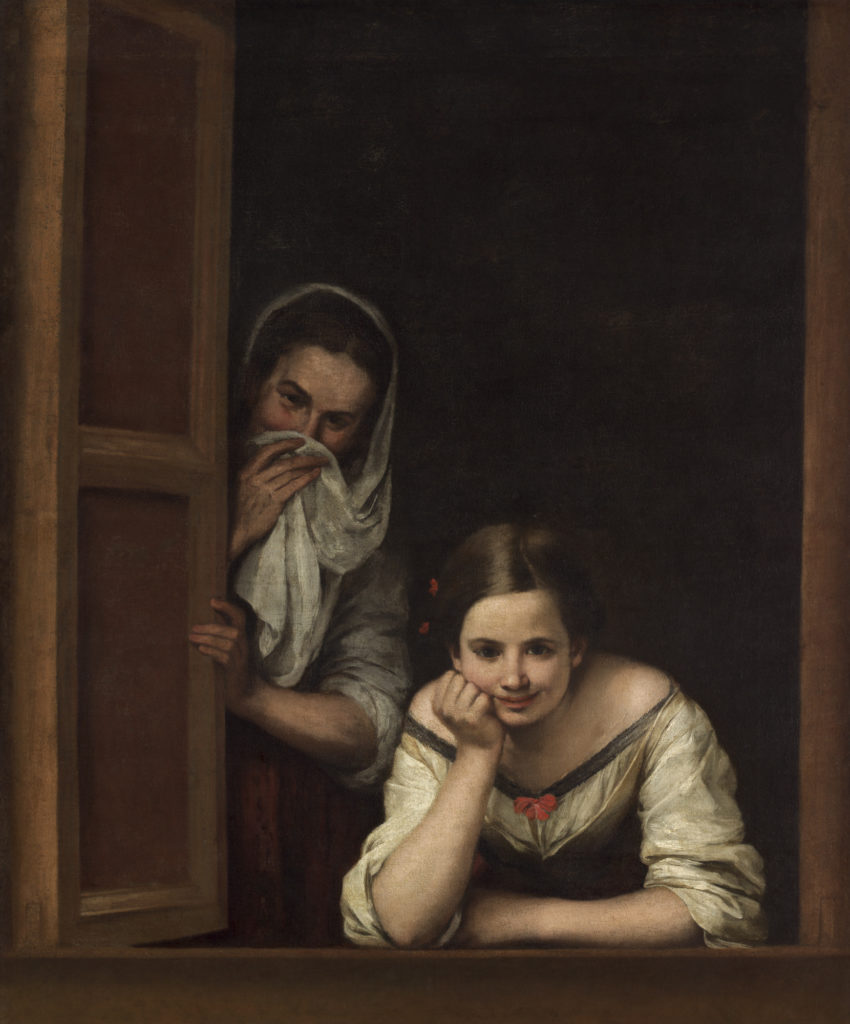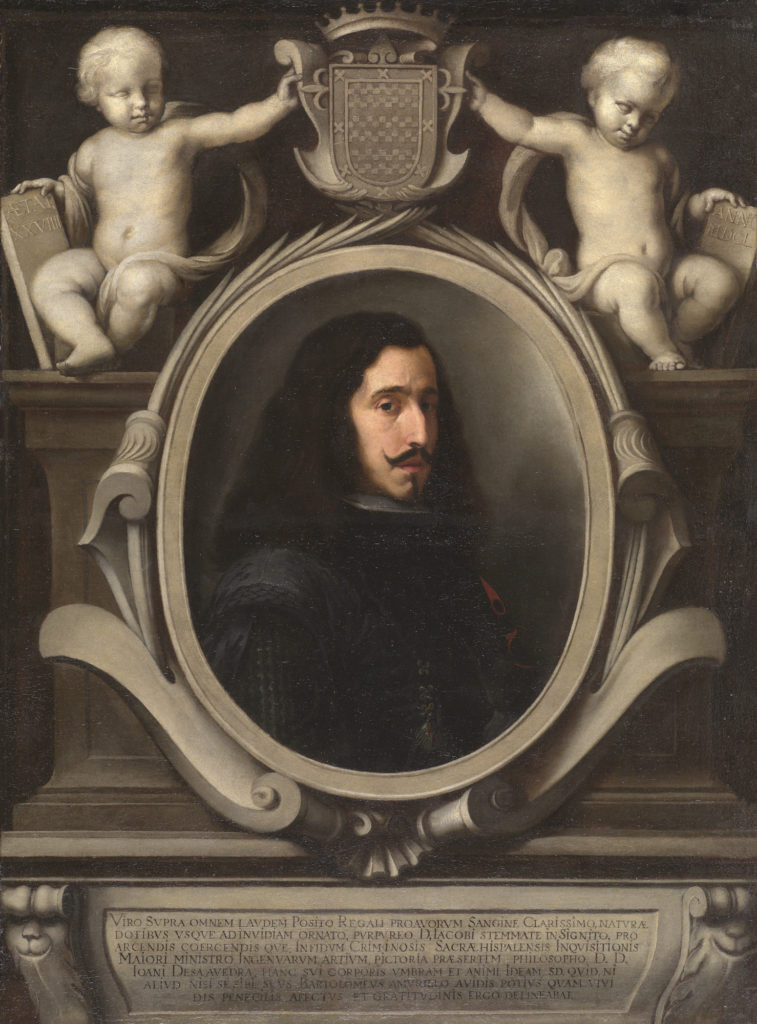2017 marks the 400th anniversary of the birth of one of the most celebrated painters of the Spanish Golden Age, Bartolomé Esteban Murillo (1671-1682). A number of international exhibitions are planned to pay tribute to the artist’s achievements, and the first just opened at the Frick Collection in New York City.
On view November 1 through February 4, 2018, “Murillo: The Self-Portraits” is an important display of Spanish Golden Age work by Bartolomé Murillo at the Frick Collection in New York City. Following its run there, the works will travel to London’s National Gallery from February 28 through May 21, 2018.


According to the Frick Collection, “Murillo’s career was a successful one, and he painted canvases for the most important patrons and churches in Seville. While the majority of his artistic production was for religious institutions, he also created allegorical and genre scenes. Murillo’s paintings of urchins in the streets of Seville are particularly well known and, together with his Immaculates and other religious images, they remain the artist’s signature works. Less familiar are a number of portraits, both full- and half-length, that Murillo painted of his patrons and friends. Biographers and scholars have paid little attention to this aspect of the artist’s career, and this is the first exhibition dedicated exclusively to the subject. Murillo’s first biographer, Antonio Palomino, described the artist in 1724 as ‘an eminent portrait painter,’ although only about fifteen portraits by or attributed to him (including two self-portraits) have survived. Five of these are included in the exhibition.

“Significantly, the painter’s only known self-portraits will be shown together for the first time since they were documented in the 1709 inventory of his son Gaspar’s art collection. These two self-portraits — one recently given to The Frick Collection and the other from the National Gallery in London — will be shown with a group of other works by Murillo that will provide a larger context for these rare canvases. At the Frick, seventeen works, paintings as well as works on paper, will be presented in the intimate lower-level galleries.”
To learn more, visit The Frick Collection.
This article was featured in Fine Art Today, a weekly e-newsletter from Fine Art Connoisseur magazine. To start receiving Fine Art Today for free, click here.








